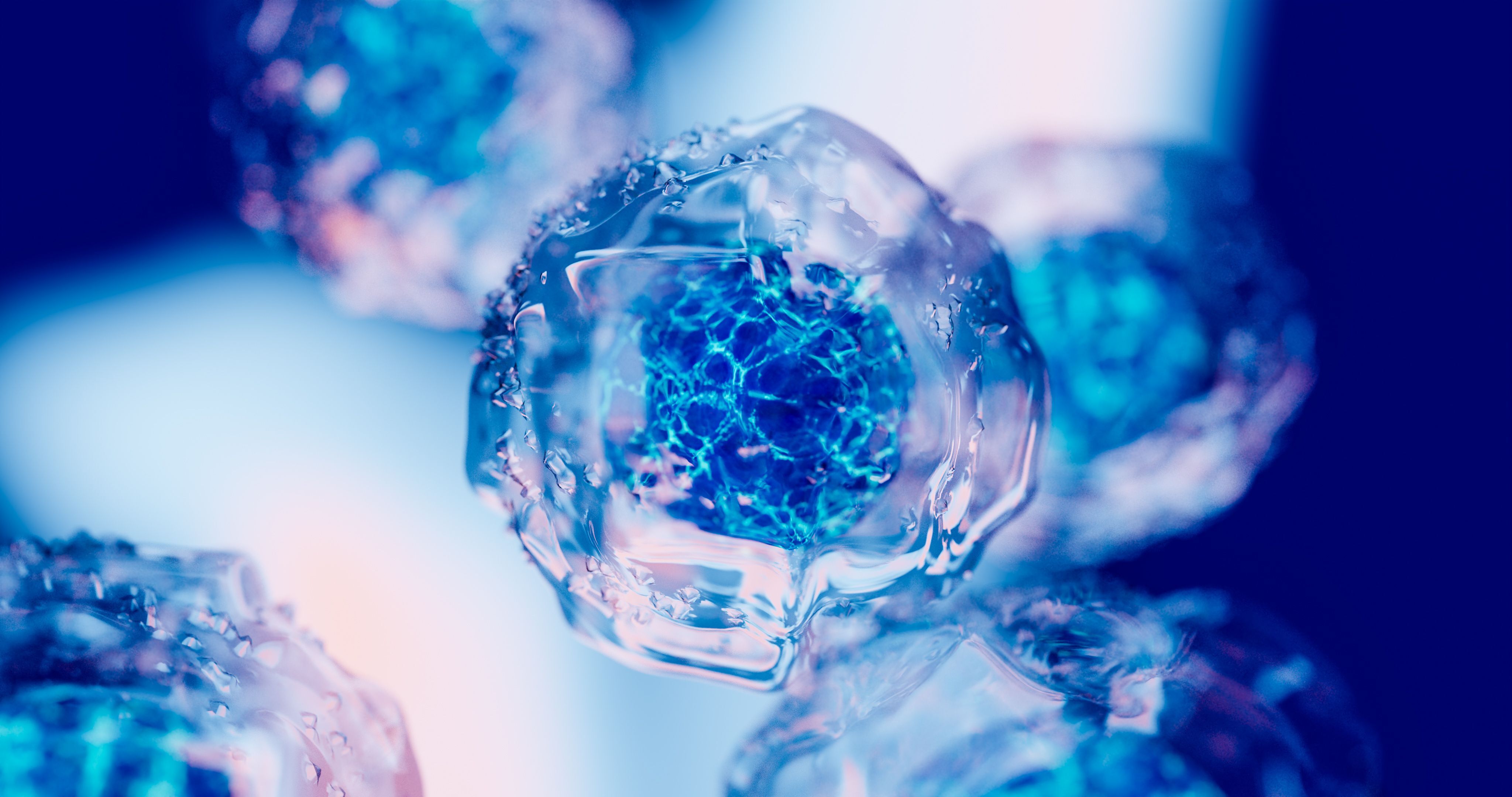
At a Glance
- 12 people received full-dosing in Vertex's T1D trial, VX-880.
- 3 individuals were declared insulin independent (from a clinical standpoint).
- 7 participants no longer require external insulin but were not declared insulin independent (they are not yet 12 months post-infusion).
- The remaining 2 are in the early stages of post-infusion.
- This report discusses how to interpret these individuals, and what it means for a Practical Cure.
August 29, 2024
Vertex Pharmaceuticals' phase I/II T1D trial, VX-880, well known in the T1D community, presented ongoing results at the ADA’s 84th Scientific Sessions in June of this year. Key highlights from the Sessions were addressed in a previous JDCA report, from glycemic improvement in dosed patients to expanded trial enrollment. That said, the big-ticket news item that carries over into today addresses the T1D community’s most valued objective: insulin independence.
At the ADA, Vertex announced that three of the twelve fully-dosed study participants were ‘insulin independent.' Seven others were mentioned, who despite no longer requiring external insulin, were not considered insulin independent. This created a point of confusion.
One interpretation is that this treatment was only successful in three out of twelve participants (25%), which does not bear well for the efficacy of the treatment overall. JDCA contacted Vertex to understand the nuances between "insulin independence" and "no longer using exogenous insulin." This report clarifies these differences, the projected efficacy of these transplanted cells as a Practical Cure component, and includes the real-world experiences of a woman who was declared insulin independent in the VX-880 trial.
It is important to note that VX-880 is not a potential Practical Cure as it requires lifelong immunosuppressants to protect implanted cells from the autoimmune attack. That said, the success of VX-880 will help determine the success of VX-264, Vertex’s T1D clinical trial utilizing the same stem cells that is a potential Practical Cure.
Insulin Independence: Present and Future
Three individuals in VX-880 made it to the one-year follow-up, a check-in to assess health, safety, and efficacy one year after islet infusion. All three have met and maintained the criteria to be considered insulin independent from a protocol-defined, clinical standpoint. Seven participants were assessed 180 days after the infusion, no longer requiring external insulin but not considered insulin independent—a point of confusion that led many to question whether these seven were meeting glycemic targets since these two terms otherwise appear identical at first glance.
After direct inquiry, JDCA was informed by a representative that "The protocol-defined definition of 'insulin independent' is more stringent than simply not requiring insulin (ie: zero units/day)." Glycemic requirements must not only be met (HbA1c, TIR, evidence this is due to transplanted cells, etc.) but maintained to the one-year mark. "The 7 patients simply don’t have enough follow-up yet for us to evaluate them for the endpoint of insulin independence . . . 12 months follow-up is required." Therefore, these individuals assessed 180 days after infusion were meeting these requirements but would not be considered clinically insulin independent until their one-year follow-up appointments. Simply put, those seven individuals are on track to be declared insulin independent. If they are still insulin-free, as is expected, and maintain glycemic control, as they are currently demonstrating, they will meet the full clinical standard for insulin independence at 12 months.
The remaining two individuals were assessed 90 days after receiving the full dose, demonstrating successful islet engraftment and glucose-responsive insulin production. It is too early to project their long-term success.
VX-264: A Potential Practical Cure
Vertex’s other phase I/II clinical trial, VX-264, utilizes these same insulin-producing stem cells inside an encapsulation device to protect the cells without immunosuppressants, qualifying it as a potential Practical Cure. Though the trial began last year and it is too early to gauge efficacy, the continued positive results of VX-880 cells provide a strong foundation for VX-264 to build on.
In an article from the Washington Post, thirty-five-year-old Amanda Smith, a VX-880 patient with a family history of T1D, highlighted the impact these cells had on her life and offered a real-world glimpse into the treatment’s potential, despite requiring an immunosuppression regimen. On Valentine’s Day 2023, Smith received the treatment and by August she no longer required external insulin. Now fully declared insulin independent from a clinical standpoint, Smith put away her CGM and insulin pump, hopefully for good, saying, “I just feel normal again . . . . You didn’t realize how much of your life it took up—until it’s taking up none, now.” Smith hopes this therapy will be available to all with T1D in the future, but acknowledges the issue of immunosuppression to keep the transplanted cells alive.
The trade-off between insulin dependence and independence is held in a cocktail of antirejection drugs that induce life-long immunosuppression. Instead of the burden of managing T1D, it's replaced with the burden of a compromised immune system that poses long-term health risks. This is not feasible for the majority of the T1D community at any age or stage of diagnosis. That said, if VX-264 proves successful in protecting this cell line without antirejection drugs, it would be a fully realized Practical Cure.
On the Road to a Practical Cure
With three participants fully declared insulin independent and others predicted to follow suit, Vertex is in a unique position to deliver a Practical Cure. However, the end is not yet in sight.
Vertex must extend the study’s success with a larger number of patients and maintain these positive results long-term. Most importantly, VX-264 must prove successful in its own right and demonstrate the ability to protect these insulin-producing cells from the body’s immune attack. The positive trial update regarding VX-880 sparks hope and excitement, moving us closer to an eventual Practical Cure. That said, one successful component is only part of a larger whole, and time will tell if VX-264 sees the same success.
The JDCA will keep you updated on the latest Vertex Practical Cure endeavors as they unfold.
